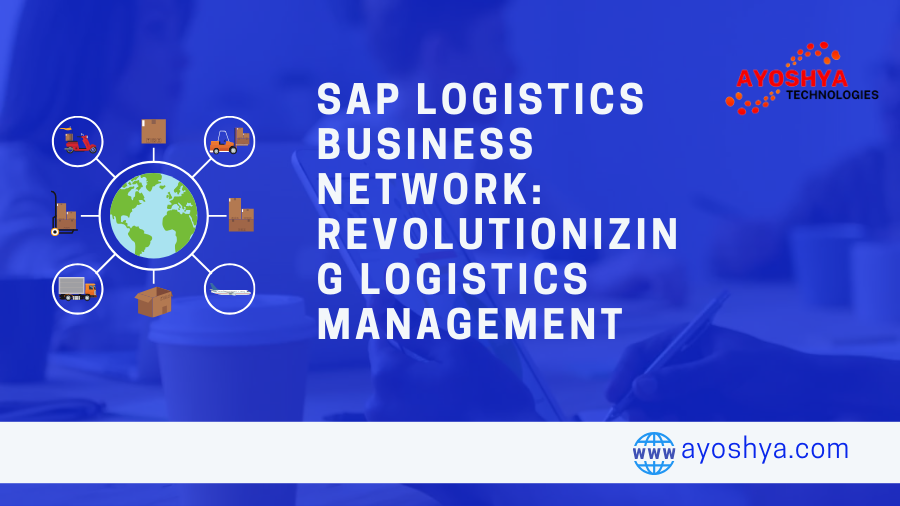Navigating the Digital Thread: Unraveling the Dynamics of SAP Networks
In the intricate web of modern business operations, the backbone that supports seamless connectivity and efficient processes is the SAP Network. As businesses evolve and embrace digital transformation, understanding, optimizing, and securing SAP networks become pivotal. Let’s embark on a journey to explore the dynamics, challenges, and strategies surrounding SAP networks.
Introduction
The term “SAP Network” encompasses more than just a system of interconnected devices. It is the lifeline of modern businesses, enabling the flow of data, transactions, and critical information. In this article, we delve into the heart of SAP networks, unraveling their significance in the digital age and their integral role in shaping the future of business operations.
Understanding SAP Network Architecture
To comprehend the functionality of SAP networks, we begin with an exploration of their architecture. This section provides an overview of the components that constitute SAP network architecture and their individual roles in ensuring smooth operations.
Importance of a Robust SAP Network
Efficiency is the hallmark of a robust SAP network. We delve into how SAP network performance influences the overall efficiency of business systems, emphasizing the need for seamless connectivity in executing critical business processes.
Common Challenges in SAP Network Management
Network administrators often face unique challenges in managing SAP networks. This section identifies these challenges and offers strategies for optimizing SAP network performance, ensuring that potential issues are addressed proactively.
SAP Network Security Measures
Security is paramount in the digital landscape. Here, we explore the specific security considerations for SAP networks and discuss measures to safeguard sensitive data and transactions from potential threats.
Integration of Cloud Solutions in SAP Networking
As businesses increasingly embrace cloud solutions, this section delves into the role of cloud integration in enhancing SAP network scalability. We explore how leveraging cloud solutions contributes to improved flexibility and accessibility.
Scalability and Future-Readiness of SAP Networks
Adaptability is key in a dynamic business environment. We discuss the importance of scalability in networks, ensuring they are well-prepared for future technological advancements and evolving business needs.
User Experience in SAP Networks
Balancing robust security with a seamless user experience is a delicate art. This section explores strategies for optimizing SAP networks to enhance user satisfaction without compromising on security measures.
SAP Network Monitoring and Analytics
Real-time monitoring and analytics play a crucial role in maintaining optimal performance. We highlight the significance of these practices in identifying and resolving issues promptly, contributing to predictive maintenance.
Role of SAP Networks in Digital Transformation
In the era of digital transformation, networks play a pivotal role in facilitating organizational change. We explore how advanced networking capabilities support digital initiatives and adapt to emerging technologies.
SEO Optimization for SAP Networks
In a digital world, visibility matters. This section provides insights into SEO optimization strategies, ensuring that businesses leveraging networks are discoverable online by incorporating relevant keywords.
Conclusion
In conclusion, SAP networks are not just technical components; they are the digital threads weaving through the fabric of modern businesses. The journey through SAP network dynamics underscores their critical role in shaping the future of business operations. As you navigate the complexities of the digital realm, remember, the strength of your SAP network is the strength of your business.
Frequently Asked Questions
- Is SAP Network only relevant for large enterprises?
- No, SAP networks are crucial for businesses of all sizes, ensuring efficient connectivity and data flow.
- How often should SAP networks be updated to meet future technological advancements?
- Regular updates are advisable, with a focus on scalability and adaptability to stay prepared for future advancements.
- Can cloud integration compromise the security of networks?
- No, when implemented correctly, cloud integration enhances scalability and accessibility without compromising security.
- What role does user experience play in SAP network optimization?
- User experience is vital; optimizing networks should aim for a seamless, user-friendly interface without compromising security.
- Is SEO optimization relevant for businesses utilizing networks?
- Yes, SEO optimization increases online visibility, ensuring businesses leveraging networks are discoverable by a broader audience.
You may be interested in:
SAP: Supply Chain Visibility via Logistics Business Network












